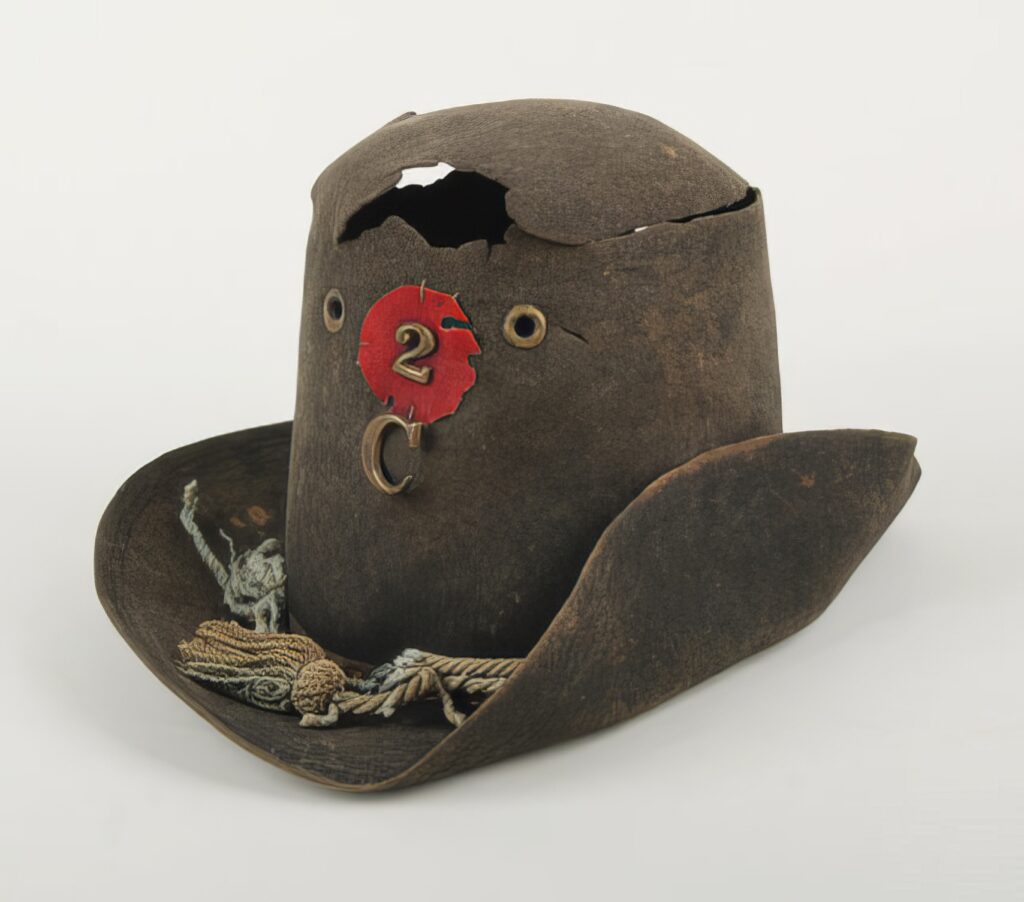Michael Kirschner on “The Second Wisconsin at Gettysburg”
In the last minutes of his life on the morning of July 1, 1863, Major General John Reynolds ordered a single regiment, the Second Wisconsin, into Herbst Woods on McPherson Ridge to attack a Confederate brigade that was taking possession of the woods, a key feature of the developing battlefield. Archer’s Brigade shot down 100 of the 300 Wisconsin men before they had a chance to fire a shot. Nonetheless, the remaining 200 continued their advance into the teeth of a superior enemy force, thereby setting the stage for a smashing victory over Archer’s Brigade at Willoughby Run. Where had these men come from? What had the men endured during their two years of service before finding themselves alone at a critical time on a crucial spot of the Gettysburg battlefield? The dogged fighting qualities exhibited by the Second Wisconsin at Gettysburg illustrate why it ended the war suffering the highest percentage of battlefield deaths (killed and died of wounds) of any unit that fought for the Union.
This solo charge of the Second Wisconsin into Herbst Woods is little known and even less appreciated, but it likely prevented the battle of Gettysburg from being lost by the Union in the opening minutes of the infantry versus infantry portion of the battle.
Michael Kirschner is a retired patent attorney who has been researching the Second Wisconsin for over a decade after serendipitously learning that his wife’s great-great grandfather, Philo Wright, was the first flag bearer of the Second Wisconsin at Gettysburg. His research was prompted by the realization that the regiment has not had a regimental history written in the modern era despite its illustrious fighting record.

